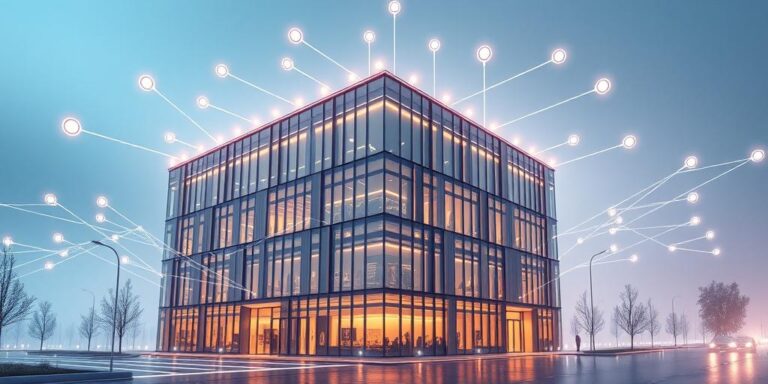Smart Buildings: Efficiency, Comfort, and Security via IoT (2025)
Smart buildings are revolutionizing how we interact with our environments. By integrating Internet of Things (IoT) devices, these buildings offer enhanced efficiency, comfort, and security. This article delves into the core components of smart buildings, exploring how they operate and the benefits they provide as we approach 2025.
What Defines a Smart Building?
A smart building uses technology to automate processes, optimize resource utilization, and create a more responsive environment. This involves connecting various systems such as HVAC, lighting, security, and energy management through a central network.
Key Components of a Smart Building
-
IoT Sensors: These devices collect data on temperature, occupancy, light levels, and air quality. Sensors are the foundation of smart automation, enabling real-time monitoring and adjustments.
-
Centralized Control System: A central system aggregates data from all sensors, using advanced algorithms to optimize building performance. This system allows facility managers to control building operations remotely.
-
Smart Lighting: Automated lighting systems adjust brightness based on occupancy and ambient light, reducing energy consumption and enhancing comfort.
-
HVAC Systems: Smart HVAC systems learn occupancy patterns to optimize heating and cooling, minimizing energy waste while maintaining optimal comfort levels.
-
Security Systems: Integrated security systems use smart locks, surveillance cameras, and access control to provide enhanced protection.
Benefits of Smart Buildings
- Energy Efficiency: Smart buildings use data-driven insights to optimize energy consumption, reducing utility costs and environmental impact.
- Enhanced Comfort: Automated adjustments ensure optimal temperature, lighting, and air quality, creating a more comfortable environment for occupants.
- Improved Security: Advanced security systems provide robust protection against unauthorized access and potential threats.
- Predictive Maintenance: Smart sensors monitor equipment performance, enabling predictive maintenance and minimizing downtime.
- Cost Savings: Reduced energy consumption, optimized maintenance, and efficient resource allocation lead to significant cost savings.
The Future of Smart Buildings
As we move towards 2025, smart buildings are expected to become even more sophisticated. Integration with AI and machine learning will enable predictive analytics and automated decision-making. The adoption of 5G technology will enhance connectivity, allowing for seamless communication between devices. Smart buildings are not just a trend but a necessity for creating sustainable, efficient, and secure environments.
In conclusion, smart buildings represent a significant advancement in building technology. By leveraging IoT devices, these buildings offer numerous benefits, from energy efficiency to enhanced security. As technology continues to evolve, smart buildings will play an increasingly important role in shaping our future environments.




